Description
What rabbit has a polished look and a beautiful silvering sheen across its underbelly? The Silver Marten Rabbit. Known for its striking appearance and amiable nature, the Silver Marten is a cherished breed among rabbit enthusiasts. Whether you are a farmer raising them for meat and fur or a pet owner seeking a friendly companion, understanding the characteristics, care needs, and benefits of Silver Marten rabbits is essential.

General Description
Color Variations
Silver Marten rabbits are admired for their beautiful coats, which come in four color varieties:
- Black: The original variety, featuring a black coat with silver-white markings.
- Chocolate: A rich chocolate brown with silver-white markings.
- Blue: Slate blue fur with silver highlights.
- Sable: Medium sepia brown fur with darker sepia on the ears, face, feet, lower legs, and tail.
Physical Characteristics
Silver Marten rabbits have a compact, commercial body type, making them the smallest of the commercial body types. They have small, upright ears and a sleek, polished fur that shimmers in the light.
- Weight and Size: Mature Silver Marten rabbits typically weigh between 3 to 4.1 kilograms (6.5 to 9 pounds).
- Maturity Age: They reach maturity at around 6 to 8 months of age.
Uses and Benefits
Meat-to-Bone Ratio
Silver Marten rabbits have a higher bone-to-meat ratio compared to breeds like the New Zealand White. While not the most efficient for meat production, their meat is of high quality, and their fur is highly valued.
| Parameter | Silver Marten Rabbit | New Zealand White Rabbit |
|---|---|---|
| Average Daily Feed Intake (g) | 70 ± 3.5 | 79.95 ± 3.43 |
| Average Daily Weight Gain (g) | 15 ± 0.3 | 18.46 ± 1.02 |
| Total Weight Gain (g) | 820 ± 20 | 1033.69 ± 76.35 |
| Feed Efficiency | 0.19 ± 0.02 | 0.24 ± 0.02 |
Suitability for Meat Production
- Large-Scale Farming: Less ideal due to higher bone-to-meat ratio and slower growth rate.
- Small-Scale Farming: Suitable for small-scale farming where focus is on both fur and meat.
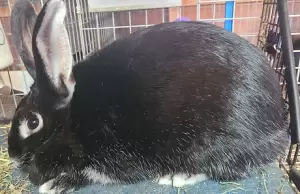
Behavioral Characteristics
Silver Marten rabbits are known for their calm and friendly temperament, making them excellent pets and manageable farm animals.
Temperament
- As Pets: Affectionate and enjoy human interaction. They are relatively easy to handle but can be timid.
- As Farm Animals: Docile and easy to manage, though they may require more care than some other breeds due to their specific health needs.
Mothering Ability
Silver Marten rabbits exhibit good mothering abilities, making them reliable breeders.
Health and Care
Common Health Issues
Silver Marten rabbits are generally healthy but can be prone to specific issues:
- Flystrike: Preventable by maintaining cleanliness and checking their fur regularly.
- Overgrown Teeth: Requires a diet high in hay to help wear down their teeth naturally.
- Bladder Problems: Ensure a balanced diet to avoid high calcium intake.
Fur Quality and Uses
The fur of Silver Marten rabbits is one of their most distinctive features. It is dense, soft, and glossy, making it suitable for crafting and textile use.
Best Practices for Care
- Diet: High-fiber diet consisting of hay, fresh vegetables, and a limited amount of pellets.
- Housing: Spacious, well-ventilated enclosures to prevent heat stress.
- Health Check-Ups: Regular veterinary visits to monitor dental and overall health.
Unique Facts and Differentiation
Unique Facts
- Origin: The breed was developed in the 1920s in the United States as an offshoot of the Chinchilla rabbit.
- Popularity: Known for their show-quality fur and appearance, making them popular in rabbit shows.
- Aliases: Sometimes referred to as “The Strange Little Black Rabbit” or “The Little Black and Silver Rabbit.”
Differentiation from Other Breeds
Silver Marten rabbits are often confused with other dark-colored breeds. Key differences include:
- Fur Texture: Silver Marten rabbits have a denser, glossier fur compared to breeds like the Satin.
- Body Shape: They have a more compact and muscular body compared to the more elongated shape of the American Sable.
Pet Suitability
Silver Marten rabbits make excellent pets due to their gentle nature and ease of care.
Behavior with Humans and Other Animals
- Humans: Friendly and enjoy being handled. They are known to be good with older children.
- Other Animals: Generally get along well with other rabbits and household pets if introduced properly.
Comparison Tables
Characteristics Comparison
| Trait | Silver Marten Rabbit | New Zealand White Rabbit |
|---|---|---|
| Weight (kg) | 3-4.1 | 4-5 |
| Meat-to-Bone Ratio | Higher | Lower |
| Maturity Age | 6-8 months | 4-5 months |
| Average Daily Feed Intake | 70 ± 3.5 g | 79.95 ± 3.43 g |
| Average Daily Weight Gain | 15 ± 0.3 g | 18.46 ± 1.02 g |
| Total Weight Gain | 820 ± 20 g | 1033.69 ± 76.35 g |
Reproductive Performance
| Parameter | RPL Group (Buserelin) | FGL Group (Gonadorelin) | Control Group |
|---|---|---|---|
| Live Newborns (nulliparous) | 64 | 61 | 59 |
| Stillbirth (nulliparous) | 11 | 8 | 8 |
| Neonatal Losses (first 7 days) | 11 | 9 | 12 |
| Neonatal Losses (8-21 days) | 6 | 10 | 7 |
| Neonatal Losses (22-35 days) | 4 | 7 | 3 |
History of the Silver Marten Rabbit
Origins
It is believed that all domestic rabbit breeds descended from the European Wild Rabbit. Domestic rabbits appeared in the United States in the early 1900s, but they had existed in Europe much longer. The Silver Marten breed originated from the Standard Chinchilla breed.
Development
The Silver Marten rabbit was developed in the 1920s in the United States. It originally appeared as black ‘sports’ (mixed-breed rabbits) in litters of Chinchilla rabbits bred with Tan Rabbits. These unique-looking rabbits quickly became popular at agricultural shows and pet shows due to their exceptional soft fur and striking silver-white markings.
Recognition and Varieties
- Black Silver Marten: Recognized as a new breed in 1924.
- Chocolate Silver Marten: Developed and recognized in 1927.
- Blue Silver Marten: Developed and recognized in 1933.
- Sable Silver Marten: Recognized by the American Rabbit Breeders Association (ARBA) in 1993.
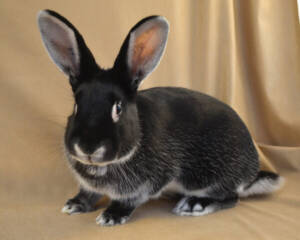
Popularity as a Show Rabbit
Silver Marten rabbits are popular in both agricultural and pet shows. The order of popularity is as follows:
- Black Silver Marten: Dark brown eyes, black soft fur, and dark slate blue underbelly.
- Blue Silver Marten: Bluish-gray eyes, slate blue colored soft fur with sharp markings.
- Chocolate Silver Marten: Dark brown eyes, rich chocolate brown colored soft fur.
- Sable Silver Marten: Dark brown eyes, medium sepia brown color soft fur with dark sepia on ears, face, feet, lower legs, and tail.
Training and Care
Types of Training Required
- Crate Training: Silver Marten rabbits need a large hutch or cage. It is important to get them used to their hutch early, as it will become their nest box and sleeping area.
- Potty Training: Easy to potty train if started early. Take the rabbit and its droppings back to the cage or hutch each time and put the droppings on the litter shavings.
- Walking on a Leash: You can train your Silver Marten rabbit to walk on a leash, though not too far.
Health Problems and Issues
- Flystrike: Occurs when flies lay eggs on the rabbit’s skin, leading to maggot infestation.
- Overgrown Teeth: Rabbits’ teeth never stop growing. Chewing hay helps prevent overgrowth.
- Bladder Problems: A balanced diet is necessary to avoid calcium build-up.
Grooming
Silver Marten rabbits have low-maintenance, short, and soft flyback fur. Brush them twice a week and wipe with a cloth in between. Check around their bottom regularly to prevent flystrike.
Feeding
Rabbits are herbivorous. Their diet should consist of hay, green leafy vegetables, pellets, and a little fruit. Avoid iceberg lettuce and sugary foods.
Lifestyle
Silver Marten rabbits are sociable and lively, needing stimulation and out-of-hutch time. They enjoy playing with homemade toys and are suited to both indoor and outdoor living.
Positives and Negatives of Owning a Silver Marten Rabbit
Positives
- Beautiful coat
- Easy to maintain
- Excellent pets for older children
- Intelligent and easy to potty train
- Charming and active but not aggressive
Negatives
- High exercise demands
- Needs gentle handling
- Not suitable for very young children or seniors
- Requires sufficient stimulation
Conclusion
Silver Marten rabbits are a versatile and rewarding breed for both farmers and pet owners. Their unique fur, calm temperament, and manageable size make them a great choice for small-scale farming and as pets. While they may not be the most efficient for meat production, their overall benefits and charm make them a valuable addition to any home or farm.



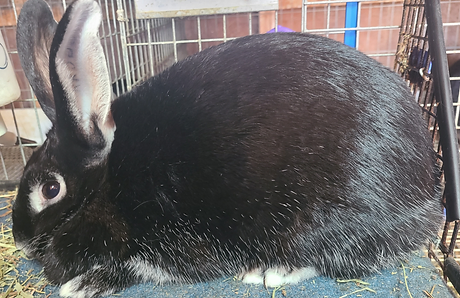

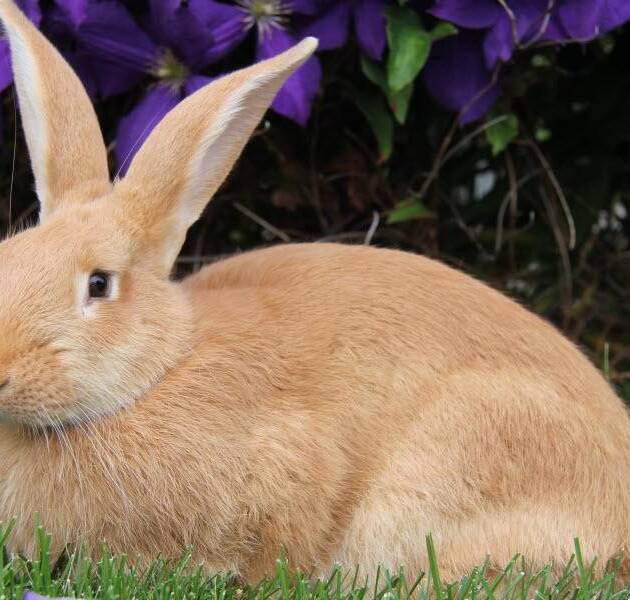
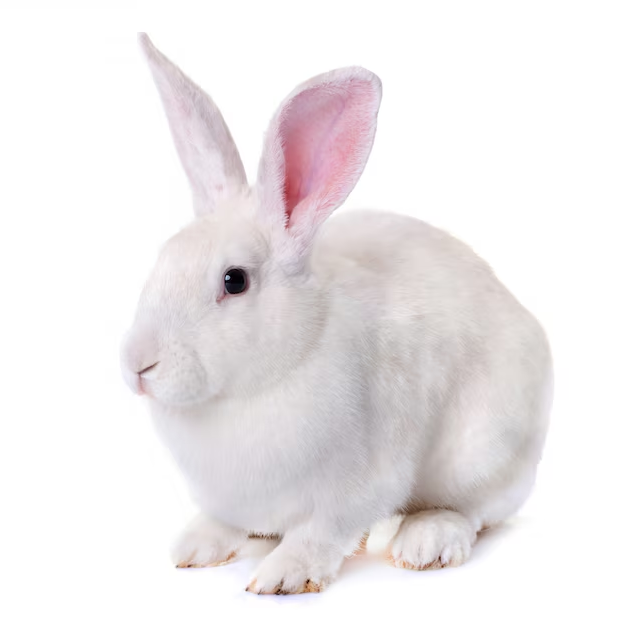
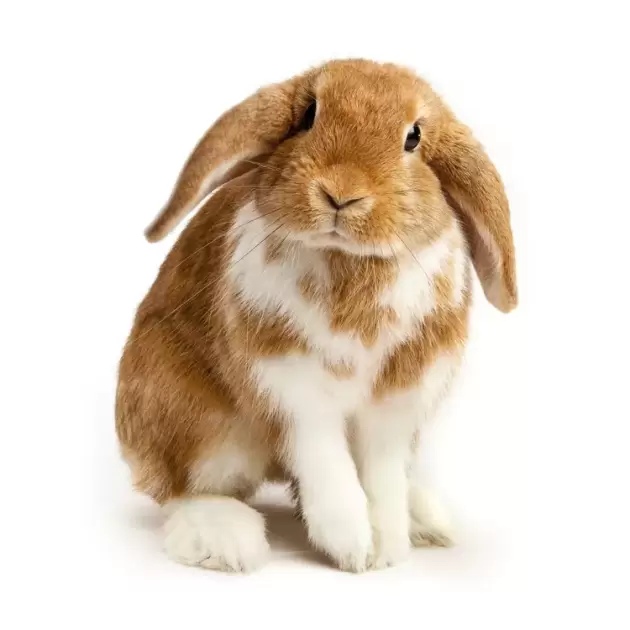
Reviews
There are no reviews yet.